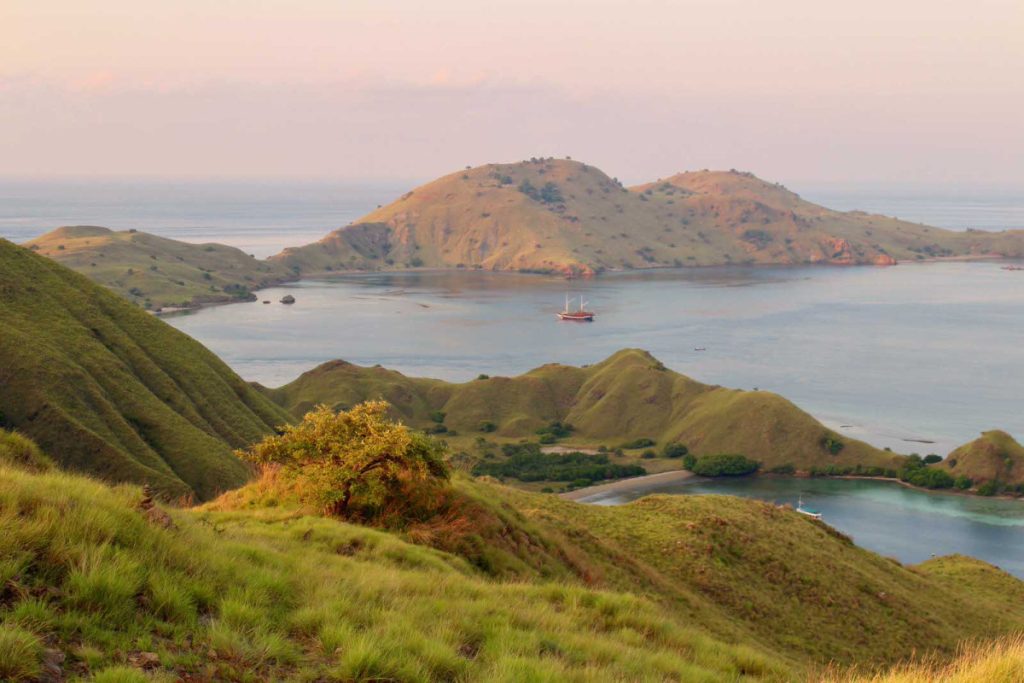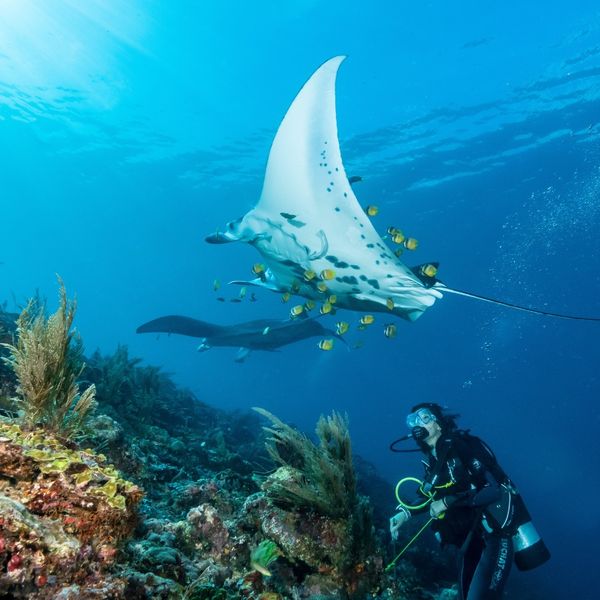One of the islands in Indonesia, specifically in East Nusa Tenggara, is Komodo Island. This island’s defining characteristic is the presence of the endangered Komodo dragon. It is understandable why so many tourists choose to take a trip to Komodo island to see the Komodo dragons and the attraction of these charming islands in Eastern Indonesia.

World Heritage Site From UNESCO
As a cultural and biosphere reserve, Komodo Island was also given that designation in 1977. Then Komodo National Park was designated a world heritage site by the UNESCO International Organization in 1991. This was established because Komodo Island embraced a state of nature with unique phenomena and aesthetics. Additionally, it draws researchers from different nations to study the existence of flora and fauna. Particularly in relation to the Komodo dragon’s evolution as a long-extinct creature that still exists today.
Habitat of Komodo Dragon
Like Rinca Island and Gili Motang, Komodo Island is surrounded by smaller islands that serve as the dragons’ natural habitat. There are thought to be more than 1,300 Komodo dragons that are still alive and reproducing on Komodo Island alone. The Komodo Islands are home to numerous small islands where these extinct reptiles can be found, in addition to Komodo Island. In total, 2,500 Komodo dragons inhabit the islands of Komodo, Rinca, and Gili Motang.
Around 2,000 Komodo dragons live on Rinca Island, which is uninhabited and where there is a higher chance of seeing them than on Komodo Island. Why do Komodo dragons only breed in and around Komodo Island? Komodo dragons are “home kids,” according to research, because they are hesitant to explore other areas.
Beautiful Underwater
The allure of marine life is just as prominent in Komodo National Park as the Komodo dragons themselves. Divers from abroad and locally frequently refer to trip the Komodo National Park as an “underwater paradise.”

In the Komodo National Park area alone, there are more than 1,000 species of fish, 385 coral reefs, 105 types of crabs, 70 types of sponges, 10 types of dolphins, 6 sharks, green turtles, and hawksbills, dugongs, sharks, and manta rays. You can experience the underwater beauty of Pink Beach by diving and snorkeling to see firsthand how beautiful and amazing the natural wealth of the Republic of Indonesia is.
The strong ocean currents in the Komodo National Park region, however, present both a challenge and a blessing for divers. One of the factors contributing to the Komodo underwater park’s rich and diverse biota is its strong current condition.
There are numerous dive sites on Komodo Island, which are dispersed throughout the island’s central, southern, western, and northern regions. Wainilu, Three Sisters, Pillarstein, Tatawa Kecil, Tatawa Besar, Siaba Kecil, Siaba Besar, Pink Beach, Pengah Kecil, Mawan, Batu Bolong, Manta Point, and other locations are only found in the center of Komodo Island.